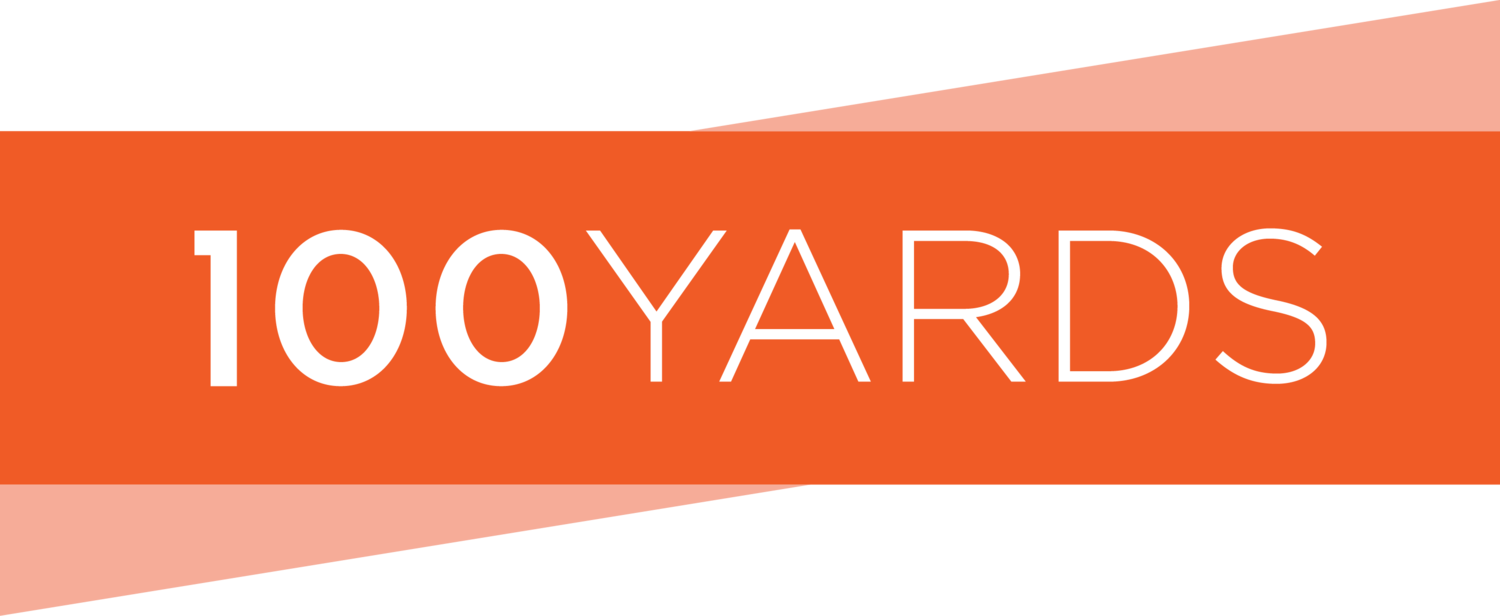Breaking Down the $$: Behind that CMO Hire You’re Looking to Make
So. You’re a growth-stage company on the hunt for a marketing leader.
Regardless of the reasons why (recent cash infusion / investment, unexpected vacancy, etc.), just as there is reason to fill the role urgently, there is also reason to pause.
Do you really need to hire that marketing leader?
It is very likely your answer is “no,”and here’s why:
That sh** is expensive!
To break it down simply:
Any marketing leader you hire will receive a base salary. Multiply that by 1.5–2 to include non-cash compensation like benefits and overhead. And of course, add in any signing or performance-based bonus and/or equity you’ve offered them.
But wait! A single marketing leader can’t accomplish all you’ll need to get done to run meaningful demand generation campaigns. They’ll need a junior- or mid-level team member to help execute on campaigns, set up and troubleshoot marketing systems, report on results, perhaps do some writing, and maybe even manage light creative development.
… So add in that second person’s lower salary, again multiply by 1.5–2 to include benefits coverage and overhead.
At this point, even without taking into account any additional services specialists you hire or otherwise engage on an hourly or other part-time basis, you’ve probably sunk anywhere from $500k-$1m into this effort.
But that’s just the cash flowing out the door; there are all the add-on’s a new hire brings with them, including the time it takes to get them to a productive, generative place: from onboarding to generating their first campaign concepts, setting up systems, and getting into the market, just one senior marketer (and maybe a subordinate to help execute) can only do so much.
And what if you need both a brand overhaul and smart demand generation strategizing and brilliant content development? That’s three different brains. And you only hired one (maybe 1.5–2 if you count that second hire).
We all know the market waits for no one. Demand is fickle, competitors are hungry, and your board wants results yesterday.
That’s why so many leaders in your position have opted to take a look at outsourced CMO services—firms that specialize in delivering CMO-level strategic thinking along with a full team of specialists to execute: create, write, set up, optimize, report, and mind the positioning shop.
For the visual learners out there, we’ve broken it all down in this downloadable infographic.
And how do we know all this? 100 YARDS is the leading outsourced, on-demand CMO service partnering growth-stage companies, primarily in the B2B space. Our clients span SaaS, financial tech, professional services, and more offerings across the banking, private equity, manufacturing, retail, sales and marketing operations, travel, human resources, and many more industries.
Interested in learning how an outsourced CMO service like 100 YARDS can work for you? Get in touch to walk through what you need, and how we can help.









